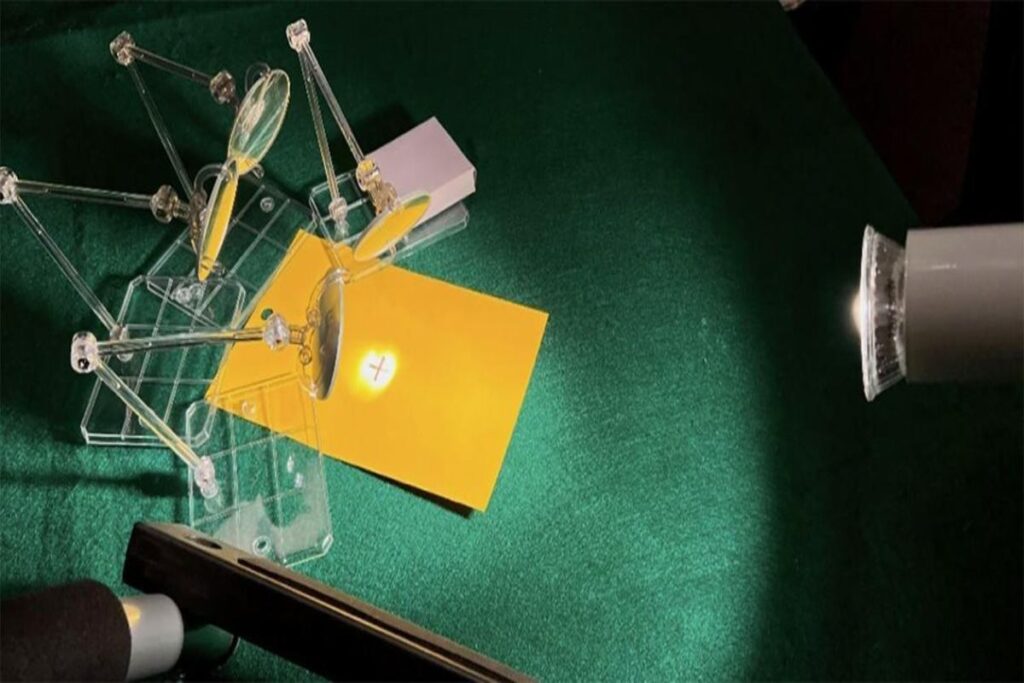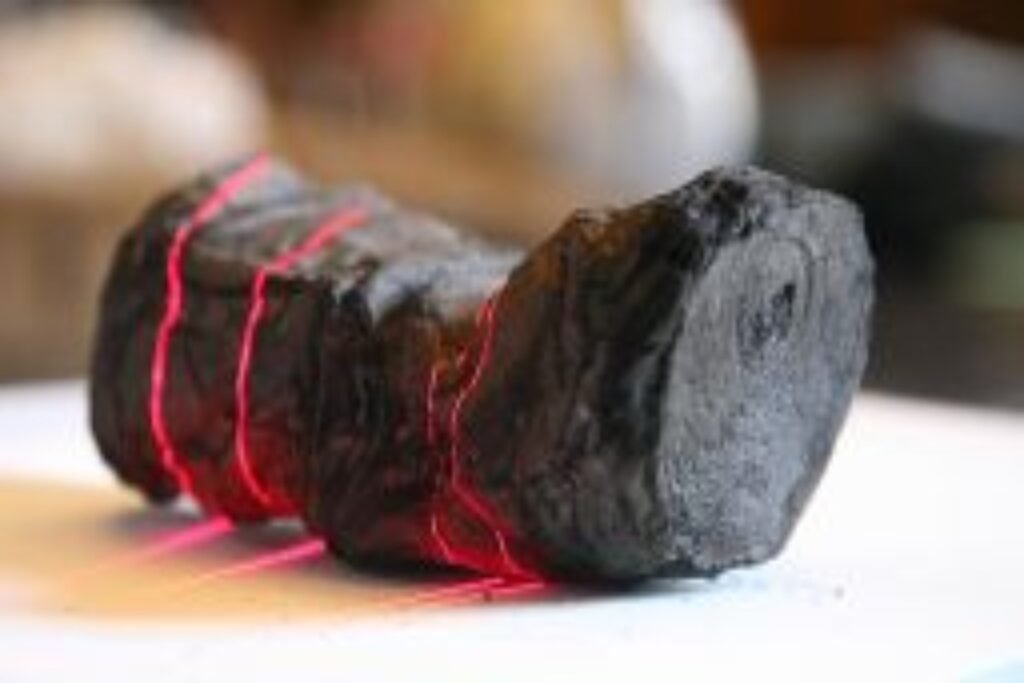Archimedes, also known as the father of mathematics, was one of the notable inventors in ancient Greece. What’s more, modern-day scientists still use some of his principles. Over the years, one fabled device has left scientists questioning its existence for hundreds of years — the death ray.
Well, a middle schooler may have some answers. Yes, you read that correctly. A middle schooler! Brenden Sener, a 13-year-old budding genius from London, Ontario, has won two gold medals and a London Public Library award for his minuscule version of the contraption.
Sener’s invention is a miniature version of a sun-fueled war weapon with many mirrors designed to focus and aim sunlight on a target. According to a paper published in the January issue of the Canadian Science Fair Journal, this weapon can cause combustion.
From Archimedes to Innovation
Ever since Sener’s award, the Greek polymath has fascinated him, particularly during a family vacation to Greece. For his 2022 science project, Sener recreated the Archimedes screw, a device for raising and moving water. However, the kid didn’t stop there.
ALSO READ: Trump vs. Musk: A Debate on Tariffs and Cryptocurrency
Sener found the death ray to be one of the more intriguing devices, sometimes called the heat ray. Historical writings suggested that Archimedes used “burning mirrors” to start anchored ships on fire during the siege of Syracuse from 214 to 212 BC.

Sener’s Theory
According to Sener, Archimedes was ahead of his time with his inventions. His inventions revolutionized technology because he was thinking about stuff that no one had before. Sener further noted that “the death ray” is a neat idea that no one at that time could have imagined. However, many have tried to recreate the mechanism to see if the ancient invention is feasible.
Archimedes’ Legacy
During Sener’s attempt at the ray, he set up a heating lamp facing four small concave mirrors. He tilted each mirror to direct light at a piece of cardboard with an X marked at the focal point.
For his project at the 2023 Matthews Hall Annual Science Fair, Sener hypothesized that when the mirrors concentrated light energy onto the cardboard, the temperature of the target increased with each mirror added.
ALSO READ: Trump Commends Despots Privately and on His Campaign Trail
Sener conducted three trials with two different light bulb wattages, 50 and 100 watts. He found that each additional mirror significantly increased the temperature. Reflecting on his findings, he stated, “I wasn’t exactly sure how the results would come out due to many different results with this topic.
He continued, “But I did expect that there would be an increase in heat. But not as drastic as I found when I actually did my experiment.”
Power of Focused Light
The cardboard’s temperature with just the heating lamp and the 100-watt light bulb was about 81 degrees Fahrenheit (27.2 degrees Celsius). After waiting for the cardboard to cool, Sener added one mirror and retested it. He noted that the focal point’s temperature increased to almost 95 F (34.9 C).
Surprisingly, the most significant increase occurred with the addition of the fourth mirror. The temperature with three mirrors aimed at the target was almost 110 F (43.4 C). However, adding a fourth mirror increased the temperature by about 18 F (10 C) to 128 F (53.5 C).
Noting the changes, Sener said he found those results “quite remarkable” because they suggest light is going in all directions. Additionally, the shape of the concave mirror focuses the light waves onto a single point.

Acknowledging Fundamental Insights
Cliff Ho, a senior scientist at Sandia National Laboratories, described Senser’s project as “an excellent evaluation of the fundamental processes.” The facility is an engineering and science laboratory with the US Department of Energy’s National Nuclear Security Administration in Albuquerque, New Mexico.
While Sener’s experiment doesn’t introduce “anything significantly new” to the scientific literature, his findings confirmed the first law of thermodynamics. Notably, Ho had previously proposed a conference on the death ray in 2014. Then, he concluded that the idea was possible but would have been difficult for Archimedes to implement.
According to Ho, “Sener was not attempting to light anything on fire, as a heating lamp does not generate near enough heat as the sun would.” He continued, “But he believes that the temperature would increase even more drastically and faster with the sun’s rays and a larger mirror. And would easily cause combustion.”
You Might Also Like:
Trump Reflects on TikTok Saga, Blames Congress and Lobbyists Amidst Biden’s Ban
FDA Warns Against Using Six Brands of Ground Cinnamon Found To Have High Levels of Lead
Study Reveals Mediterranean Diet and Exercise Improves Gut Health, Leads to Weight Loss
Unknown Facts About Diabetic Ketoacidosis
Study Shows Swapping Meat for Mushroom Protein May Reduce Cholesterol
